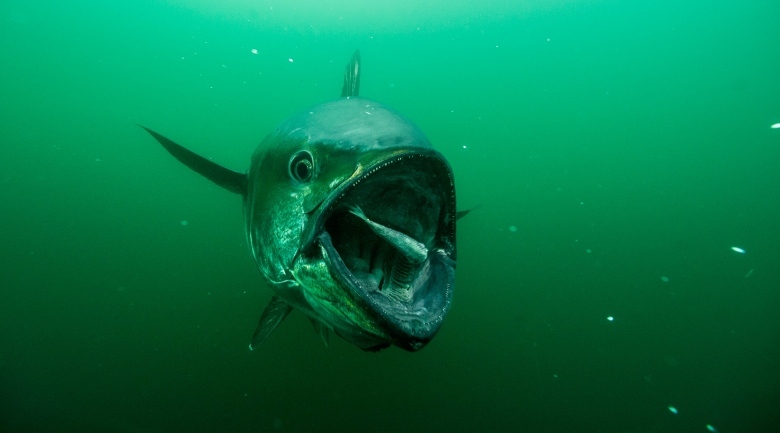
The animals in the ocean have been getting bigger, on average, since the Cambrian period, and not by chance. That is the finding of a huge new survey of marine life past and present, published in the journal Science. It describes a pattern of increasing body size that cannot be explained by random "drift", but suggests bigger animals generally fare better at sea.
In the past 542 million years, the average size of a marine animal has gone up by a factor of 150. It appears that the explosion of different life forms near the start of that time window eventually skewed decisively towards bulkier animals. Measured by volume, today’s tiniest sea critter is less than 10 times smaller than its Cambrian counterpart; both are minuscule, sub-millimetre crustaceans. But at the other end of the scale, the mighty blue whale is more than 100,000 times the size of the largest animal the Cambrian could offer: a trilobite less than half a metre long.
The idea that natural selection might lead to animal lineages gradually gaining weight is far from new. It is set out in a proposal known as Cope’s rule, after American fossil specialist Edward Drinker Cope. 19th-Century palaeontologists noticed that the ancient ancestors of modern mammals often tended to be smaller; horses, for example, can be traced to the dog-sized Eohippus genus of 50 million years ago.
The pattern is not consistent across the animal kingdom, however. Most groups of dinosaurs got bigger until they died out, but the birds that evolved from them grew smaller and lighter with the necessity of flight. Dr Noel Heim, from Stanford University in California, set out to give Cope’s rule its most thorough test yet – in the vast realm of the ocean.
